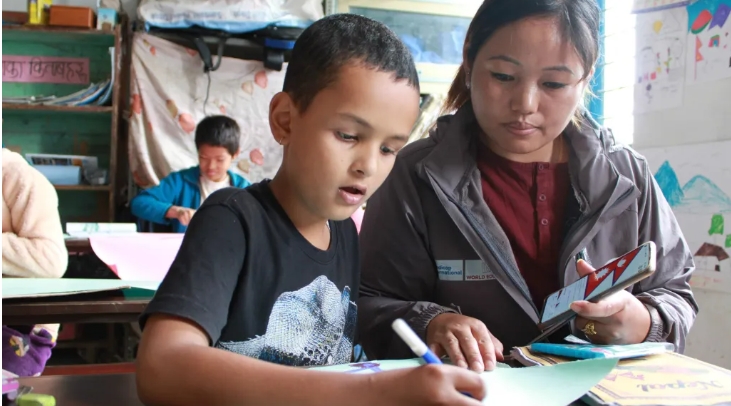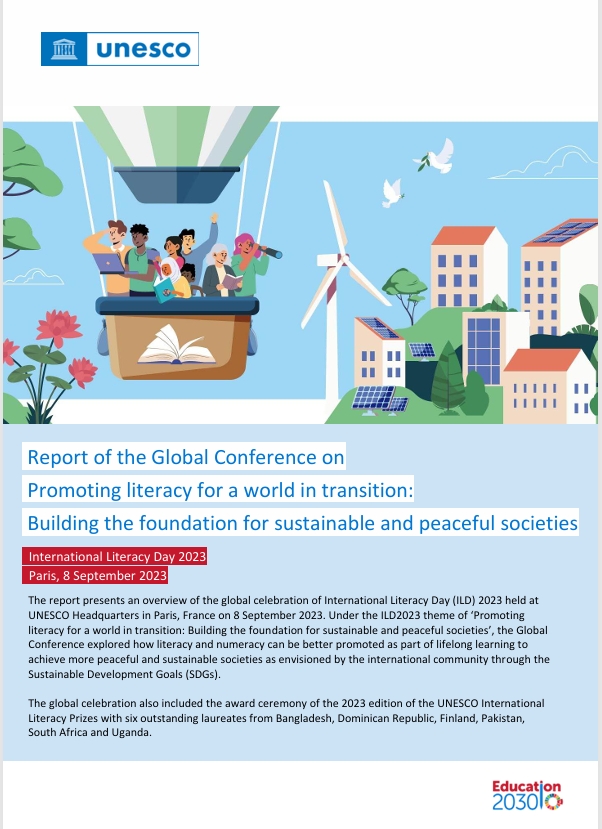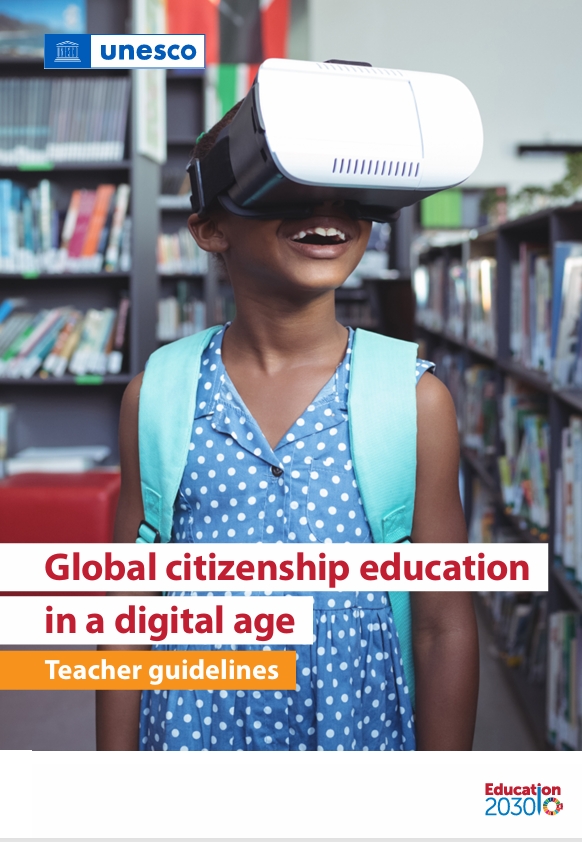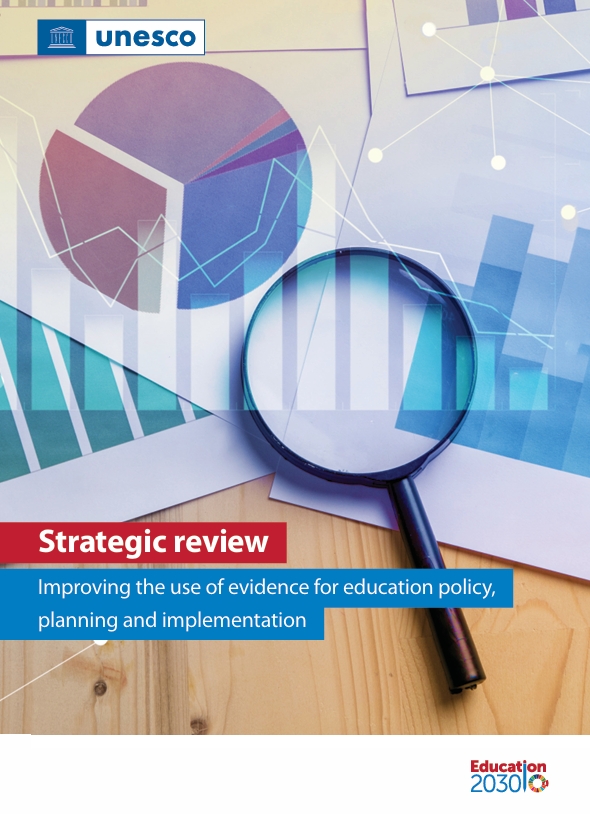International literacy day provides an excellent opportunity to emphasize the importance of inclusive education. This provides all children with a chance to learn, develop, and be a part of society. We celebrate teachers and families who bring literacy to life for children with disabilities. Yes, children with disabilities deserve to experience the joy of reading just like children without disabilities.
When we talk about literacy, we should also think about how we can make teaching and learning environments more inclusive so that no one is left behind. Out of Nepal’s more than 30,000 community schools, only 380 have inclusive classes, which are attached to mainstream schools and support the special needs of children with disabilities, such as those who are deaf, blind or have intellectual disabilities. Fifty of these classes are supported by Humanity & Inclusion in different parts of the country. As part of the project, young children with disabilities are encouraged to attend pre-school where they can learn, play and develop alongside their peers.
Salina has multiple disabilities, which led to her parents keeping her from school. “Without this program, we would have given up on providing the education she needed”, says her father, Nagendra. Jogmaya, a community mobilizer, teaches lessons using various resources for Salina. “She is different—her difference being her willingness to learn”, she says. Salina and her classmates are developing self-esteem and creativity by learning how to make decisions, solve problems and be responsible.
Jogmaya explains the importance of children learning together. “Inclusive education will enable children to become familiar with each other and accept one another in later stages of life without discrimination. It requires the involvement of all existing players beyond schools and teachers: civil society, disabled person’s organizations, social workers and health care at school”, she adds.
Siman has cerebral palsy, which affects his movement and body posture. Through his rehabilitation sessions he has been able to stand and walk more easily. He is back to school. His dream is to become a teacher. The rehabilitation sessions helped Siman to improve his functional skills, prevent secondary disabilities – caused by pressure sore or muscle wasting – and take part in daily activities. After 30 rehabilitation sessions, Siman can now sit, stand and walk on his own. Siman used to have limited mobility and spend most of his time in bed. He is now in grade 3 at a local school in Gorkha, a hilly district in the centre of Nepal.
Access of children and youth to equitable quality education has been an issue in Nepal for a long time. Nepal’s Constitution provides for children with disabilities and indigenous minorities and those from the poorest households to receive adequate support to access and complete education in their mother tongue. However, children with disabilities in Nepal are one of the most marginalized groups in terms of access to education, participation and learning achievement. They experience a lack of proper learning infrastructure and accessible educational resources adapted to their needs.
According to the 2020 GEM Report on inclusion and education, those with a sensory, physical or intellectual disability are 2.5 times more likely to have never been in school than their peers without disabilities. The problem is not that they do not want to be in school or that they cannot afford it. The reason is often related to negative and discriminatory attitudes, combined with physical barriers.
Shifting attitudes
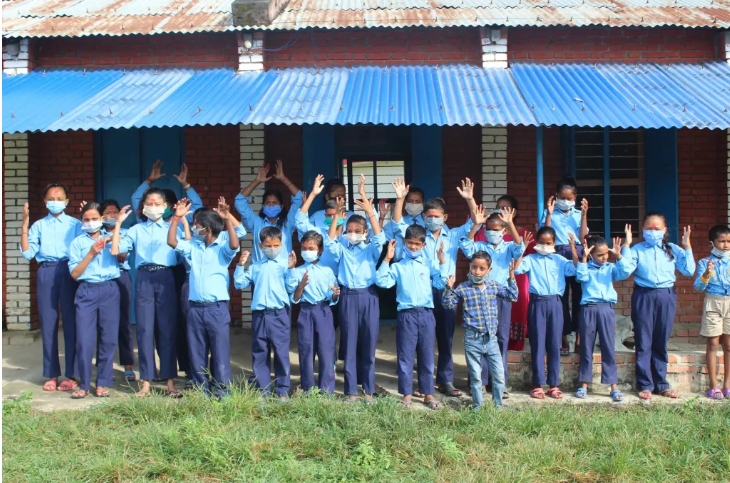
Inclusive education projects, in collaboration with Nepal’s Ministry of Education Science and Technology are challenging stigma and changing lives by enabling young children with disabilities to attend pre-school alongside their peers, combatting negative attitudes about disability across the community and supporting teachers and schools with the resources and skills they need.Community workers and resource teachers at the centres have been trained so that they can adapt their teaching and play styles to support children with different needs. Alongside basic literacy and numeracy, children also learn about their rights and prepare for the transition to primary school. More children with disabilities are now attending pre-school, rather than staying at home while their parents’ work.
Getting Siman into school was tough because the school authorities worried they would not be able to teach a boy with cerebral palsy. Humanity & Inclusion with its partners supported the school to make the right accommodations to welcome Siman. He was then enrolled with a teacher who is also able to provide him with home schooling once or twice a week as needed, as the school is almost an hour’s walk from home.

